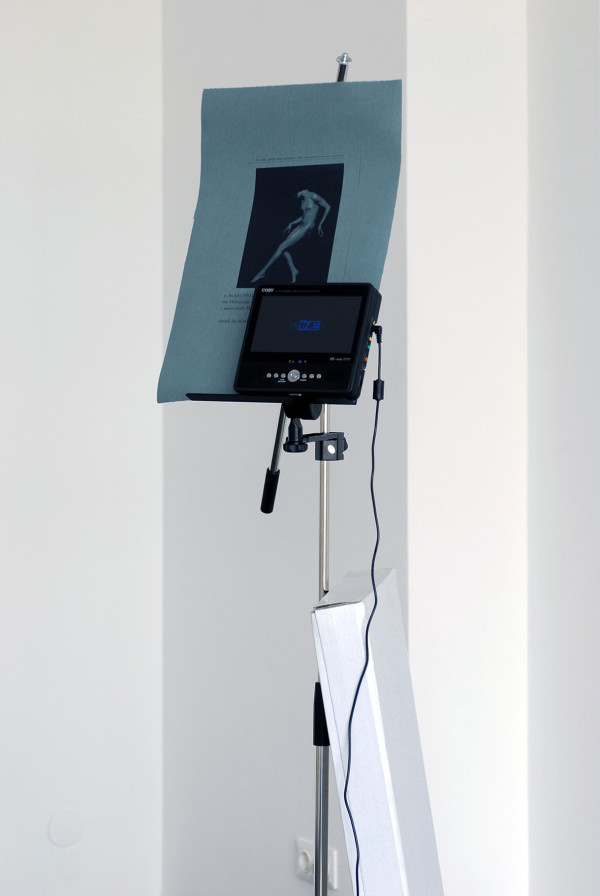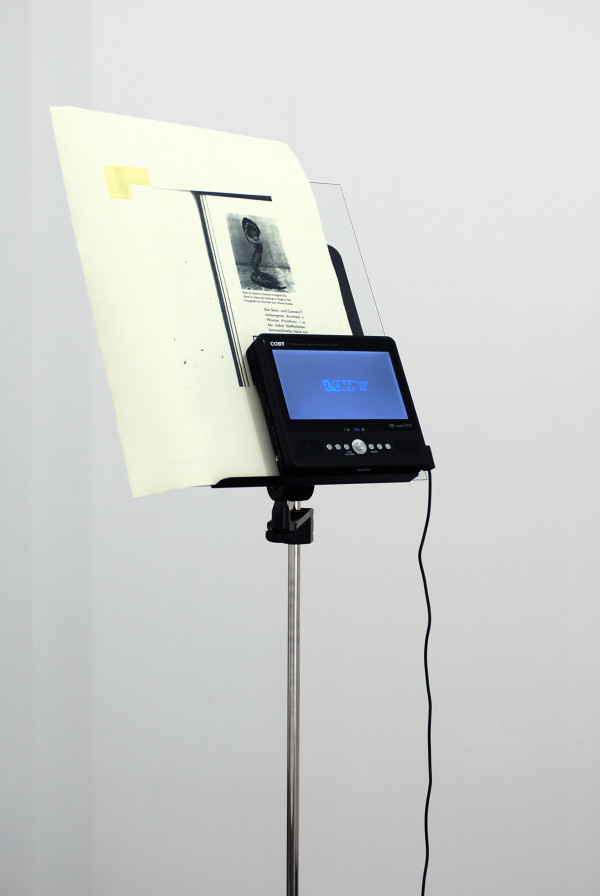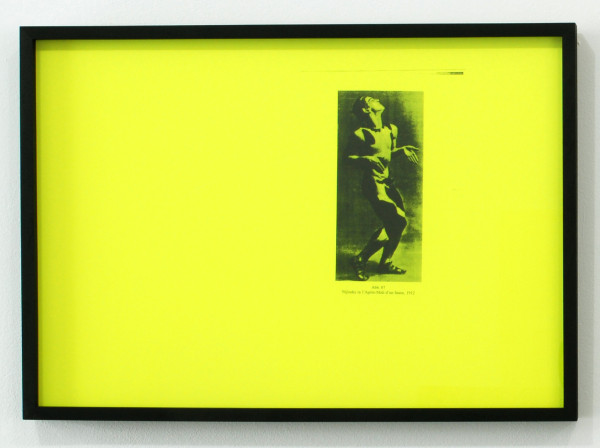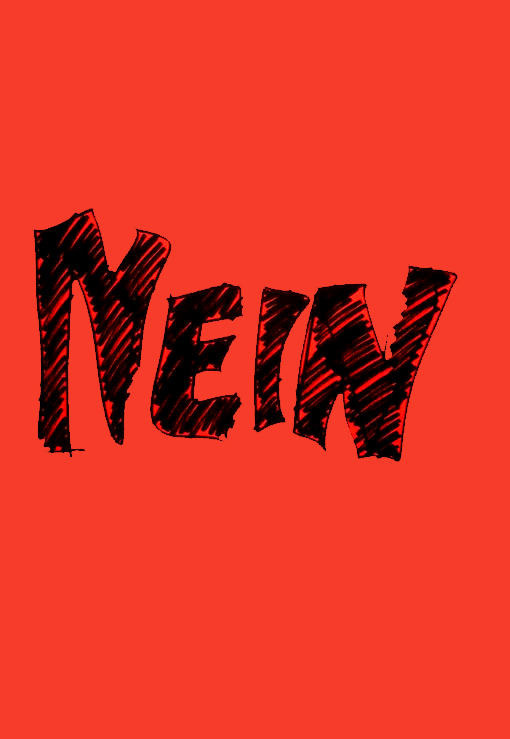Halina Kliem
Tuesday, 4 February 2014
Work from her oeuvre.
“We find here a characteristic logic, the peculiar logic of the “inside
out” (‡ l’envers), of the “turnabout,”, of a continual shifting from top to
bottom, from front to rear, of numerous parodies and travesties,
humili- actions, profanations, comic crownings and uncrownings. Mikhail Bakhtin
I have spent all my life with dance and being a dancer.
It’s permitting life to use you in a very intense way.
Sometimes it is not pleasant. Sometimes it is fearful.
But nevertheless it is inevitable. Martha Graham
Can you meet me halfway, right at the borderline?
That’s where I am gonne wait for you
I’ll be lookin’ out night and day
Took my heart to the limit, and this is where I stay. Black Eyed Peas, Meet me Halfway
Meudon, 1912: Serge Diaghilev, impresario of Ballets Russes, in a rage enters the splendid villa on the outskirts of Paris, with one intention: to disturb and forever end the events unfolding in the villa’s surrounding garden. Here, he knew he would find his lover, the dancer Vaslav Nijinsky, almost naked, dancing in the dubious private audience of Auguste Rodin. Diaghilev’s infamous jealousy, history books inform us today, is the reason that only one 19 cm large draft of the bronze sculpture was delivered to posterity. A second, more apocryphal version of the affair, emerged 76 years later in the publication of Jean Cocteau’s diaries. “The statues ended”, the diary states, when Nijinsky in his second meeting with the artist, “turns around and Rodin, fly open, is masturbating.”
The Rodin-Nijinsky connection offers yet a third narrative regarding the relation of desire and art: This time evolving around the sculptor’s relentless, aesthetic quest for sculptural movement and the dancer’s goal to make movement sculptural. This is another story of desire, straining and bending boundaries along the lines of their reciprocal becoming, desiring to possess each other, be like one another, and exploring of the body as tool to unravel the energy, passion and ecstasy common to human experience.
No stranger to this quest, Halina Kliem, in her second solo exhibition at DUVE Berlin, investigates what it means to set oneself up in the midst of the phenomenological divide that is at stake in desire: the obsession with an object or the desire to become that object.” – DUVE, Berlin
via Dust Magazine



